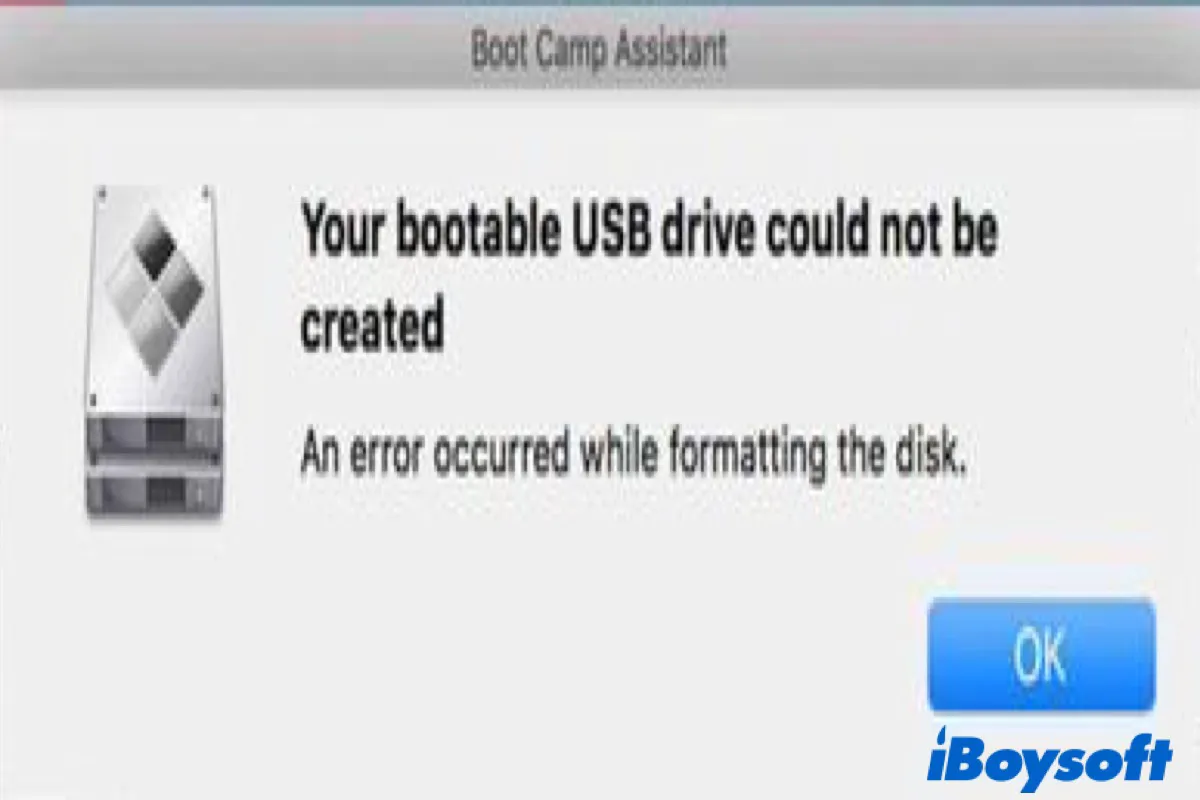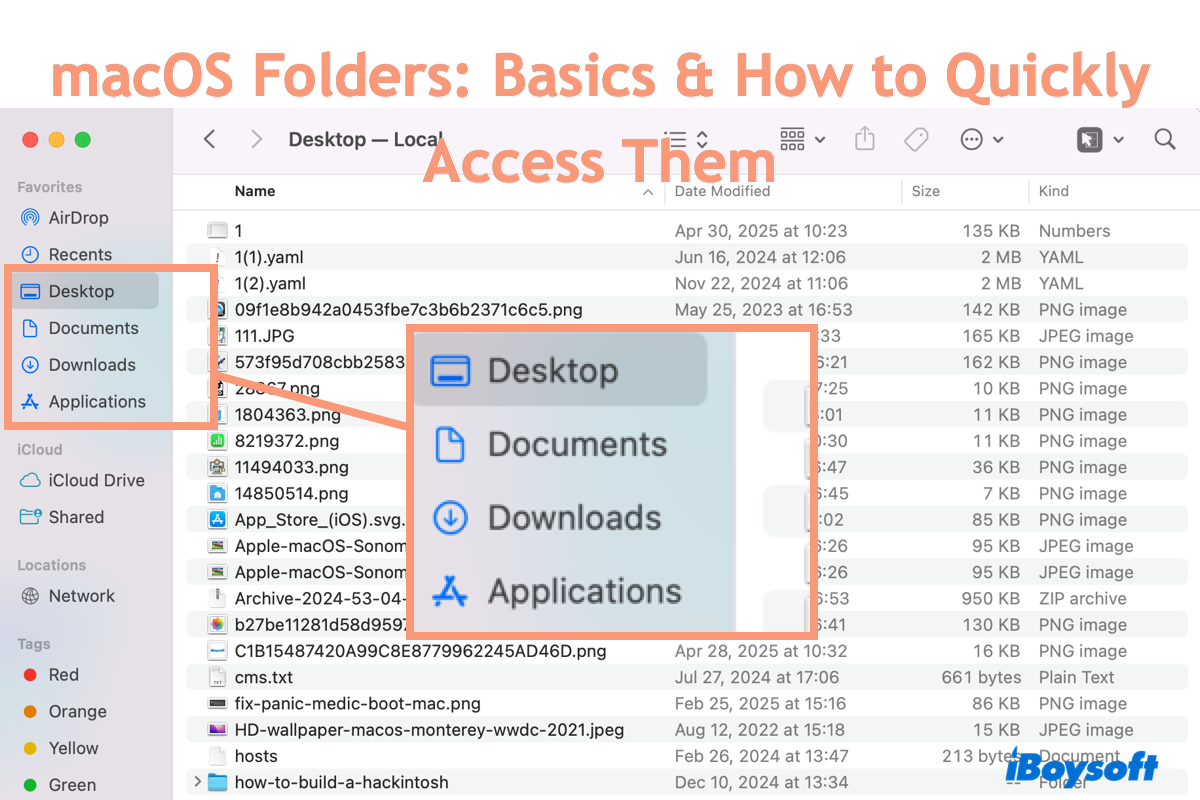Well, before you recover your encrypted data without a password, you need to start up your MacBook first.
You can boot your MacBook in macOS Recovery Mode and launch Disk Utility to do First Aid. Here's how:
- Shut down your MacBook.
- Hold the Touch ID for a few seconds until you see "Loading startup options".
- Click Options and then click Continue.
- Enter your admin name and password to get into the Recovery Mode screen.
- Open Disk Utility and click Continue.
- Turn to View > Show All Devices.
Select the disk you want to repair and then run First Aid. If there is any problem with your disk, it will be detected and repaired automatically.
If the above way is not working, you can take the following ways to reinstall macOS.
- Boot your MacBook in macOS Recovery Mode.
- Open Disk Utility.
- Click the + button, choose the details (name and format), and click Add.
- Quit Disk Utility and then select Reinstall macOS.
- Select the new APFS volume to install.
- Create a temporary administrator account, then finish the Setup Assistant.
Type in your normal login password. Then open a new Finder window. If you can open your disk normally, you can click on it and you might be able to view your data. After that, you can run Migration Assistant to migrate your data from your old startup disk.
Or else, you can use professional data recovery software to recover your data from an encrypted startup disk.
iBoysoft Data Recovery for Mac can help you to recover all kinds of data, such as photos, documents, videos, etc. You can follow the below steps to recover your data.
Step 1: Boot your MacBook into macOS Recovery Mode.
Step 2: Access the Internet and launch the Terminal.
Step 3: Type in the following command to download iBoysoft Data Recovery for Mac.
sh <(curl http://boot.iboysoft.com/boot.sh)
Step 4: Click Search for Lost Data from your hard drive.
Step 5: Find and preview the files you want.
Step 6: Click Recover and choose a location to store them.
Step 7: Check to make sure you get the files you want.


